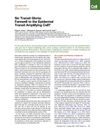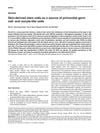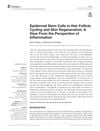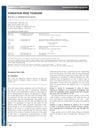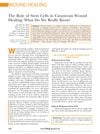The CD44+ALDH+ Population of Human Keratinocytes Is Enriched for Epidermal Stem Cells with Long-Term Repopulating Ability
January 2013
in “
Stem cells
”
epidermal stem cells EpiSCs human neonatal keratinocytes HNKs aldehyde dehydrogenase ALDH CD44 integrin α6 CD71 nuclear Bmi-1 holoclones multipotent hair follicle-like structures label retention colony formation keratinocyte growth media embryonic stem cell growth media stem cells keratinocytes integrin alpha-6 Bmi-1 hair follicles keratinocyte media embryonic stem cell media
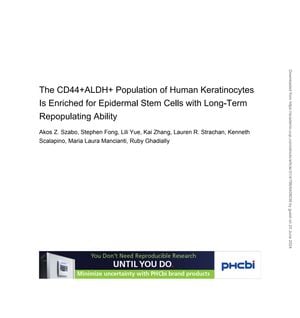
TLDR Certain human skin cells marked by CD44 and ALDH are rich in stem cells capable of long-term skin renewal.
The study from 2013 investigated the presence of epidermal stem cells (EpiSCs) within human neonatal keratinocytes (HNKs) by examining specific cell surface markers. The researchers found that the population of cells expressing both aldehyde dehydrogenase (ALDH) and CD44 was enriched 12.6-fold for long-term repopulating EpiSCs compared to unfractionated cells. In contrast, cells expressing high levels of integrin α6 and low levels of CD71 were enriched 5.6-fold. The CD44+ ALDH+ keratinocytes demonstrated stem cell characteristics such as self-renewal, evidenced by increased expression of nuclear Bmi-1, the ability to undergo serial transplantation, and the formation of holoclones in vitro. These cells were also multipotent, capable of producing more hair follicle-like structures than their negative counterparts, and 58% ± 7% showed label retention, a characteristic of stem cells. Enhanced colony formation was observed in both keratinocyte and embryonic stem cell growth media. The findings suggest that the CD44+ ALDH+ population possesses stem cell properties, including the ability for long-term epidermal regeneration, and highlight a method to quantify EpiSCs in keratinocyte populations using long-term repopulation as a functional test.
